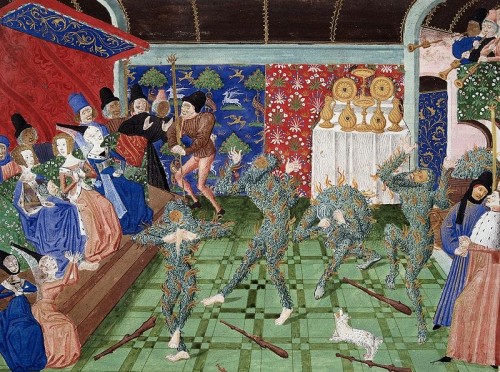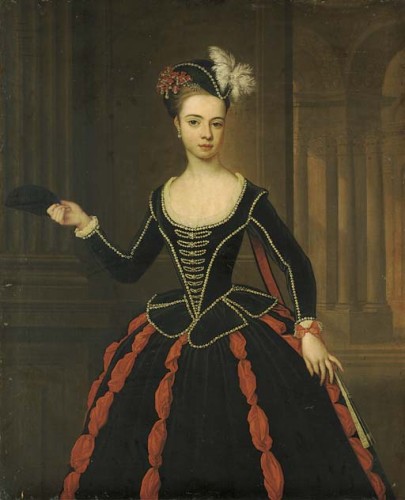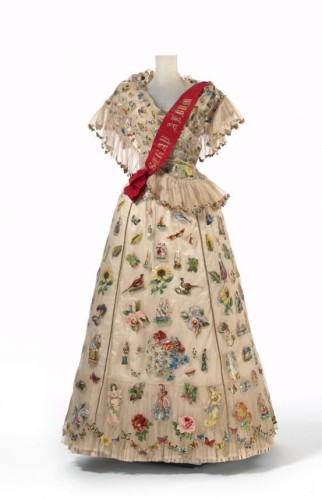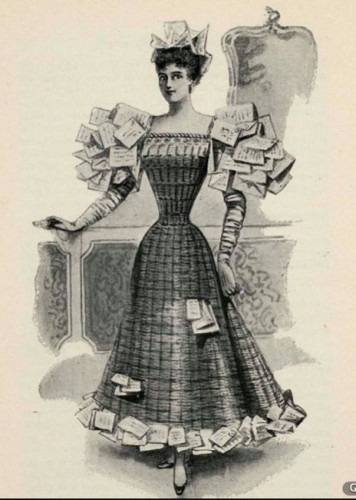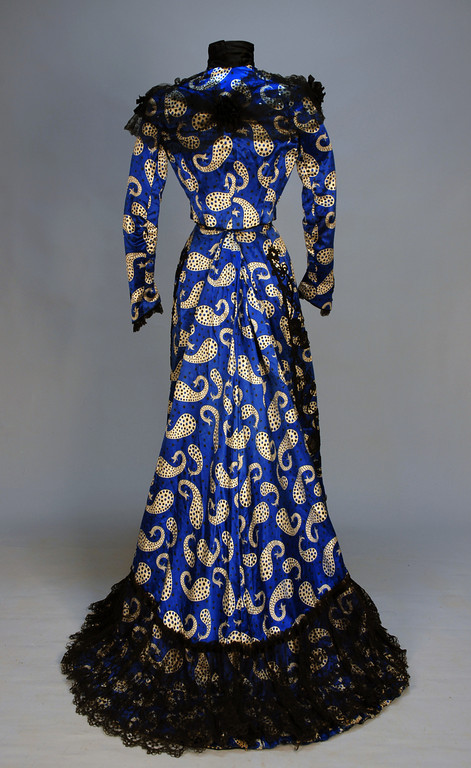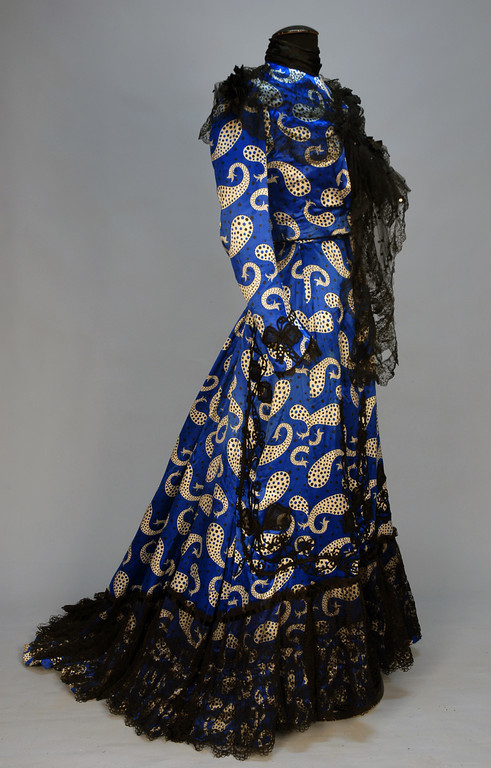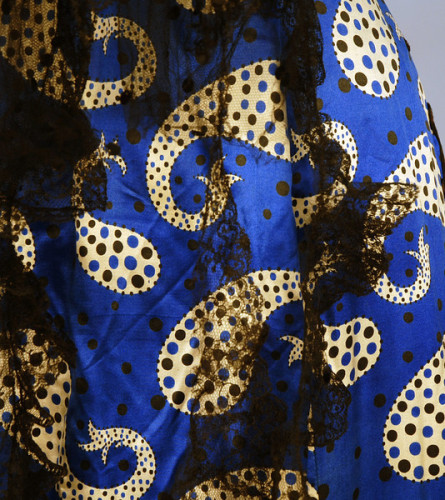I’ve been thinking about links and connections a lot lately.
The first, and super obvious, reason is because I have some awesome links to share with you!
In case you missed my notification, or don’t follow me on Facebook, the third issue of Glory Days is out. My article on crinolines & petticoats is on pages 52/53, but there is plenty of other fun to be had throughout the magazine. I particularly enjoyed Natasha Francoise’s article on Bodgies & Widgies, and Clarissa Dunn’s history of the Opera House in Wellington.
If you missed them, you can also read Issues 1 & 2 in the archives as well – I’ve written articles for all three issues. Glory Days is crowdfunding to raise money to pay the staff and make it a paper issues (which would be fabulous – Christmas gifts sorted for half the people I know with subscriptions!), so if you can, please do give a little.
You’ve already seen the photos of Polly / Oliver that Sarah the Photographer took on my dinky little camera, but now she’s put her favourites from the proper photos on her Livejournal. The first photo of the set is pretty much the most awesome thing ever!
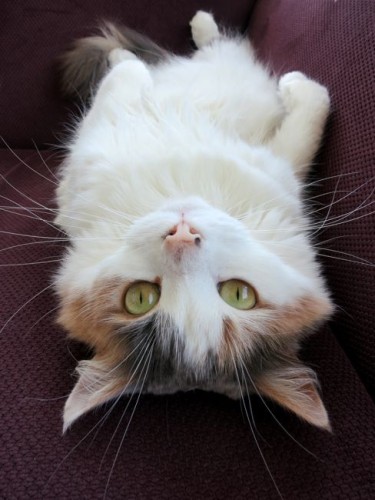
Almost as awesome as this photo
In posting these, I thought about how I stay linked and connected online in the greater sense.
One of the problems with winter in New Zealand being cold and nasty is that I turn in to a bit of a hermit, and try not to venture outside of my house (though obviously this isn’t good for me). One of the massive advantages of teaching is that it gets me out of the house, and meeting people, almost daily.
I’ve realised though that, despite blogging almost daily, I’ve been in a bit of an internet/blog winter, and have become a cyberspace hermit for the last few years.
It started when I migrated from Blogger to WordPress back in June of 2011. Just as I was leaving, Google abandoned some of the interface that you used to follow bloggers (Google connect?) and half of the list of blogs I followed via the Blogger blog follower connection got corrupted, and I lost them. And thanks to the demise of GoogleConnect, I couldn’t un-follow the corrupted spam blogs. Then, in moving to WordPress, I discovered that, although my blog is powered by WordPress, because it end in .com instead of wordpress.com, I couldn’t get a WordPress ID which would let me comment on blogger sites.
All of which meant that it was much harder for me to follow blogs, and much harder for me to comment on them. Which meant that I kinda stopped doing both. I checked blogs when they commented on mine, and commented on theirs when I could, but I still ended up loosing touch with a number of fascinating blogs that I used to follow, plus all the new ones that have started since then.
And that’s not ideal!
The upshot of all this is, after two years of un-satisfactory blog reading, I’ve declared that it’s time for spring to come.
Obviously the Historical Sew Fortnightly has been a definite ‘thaw’ for me: I’m seeing all these blogs through the list on the HSF page, and through facebook, and getting to really interact with a lot of historical costumers again.
I’m trying to take it beyond that though. I’ve signed up for Bloglovin, and have followed all of the HSF blogs, and other ones that delight an inspire me, costuming and otherwise. If you aren’t familiar with Bloglovin, it’s a really handy tool for following blogs, keeping them sorted, and seeing new posts (and you can follow my blog through bloglovin!).
And I’m making a huge effort to read all of them, and to comment again. I still can’t comment on blogs which don’t allow people to comment without a blogger/wordpress/openid/livejournal ID, because I don’t have any of those that actually functions properly on a regular basis. And if I can’t comment, I’m less likely to read a blog, because its no fun if I can’t tell you how awesome your latest project is, and engage in a conversation. For me, blogging, and reading blogs, is all about the conversation, and the interactions!
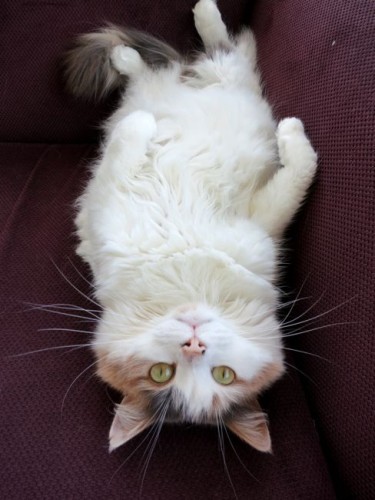
‘Talk to me!’ says Felicity
How many blogs do you read? How do you keep track of them? Do you comment on most of the blogs you read? Are you more likely to comment on a blog if you don’t have to be signed into an account to do so?

